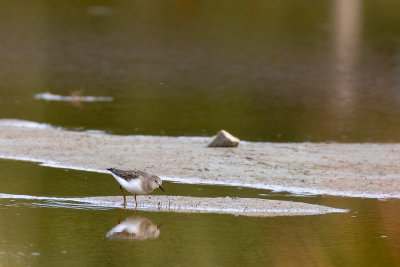
Temminck's Stint (Calidris temminckii) |
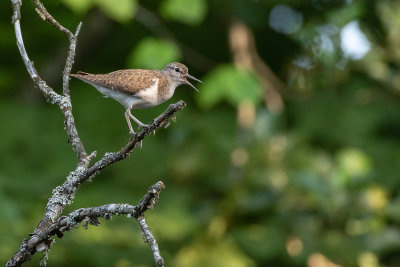
Common Sandpiper (Actitis hypoleucos) |
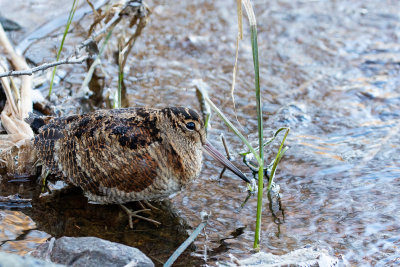
Eurasian woodcock (Scolopax rusticola) |
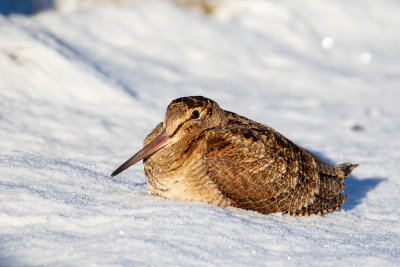
Eurasian woodcock (Scolopax rusticola) |
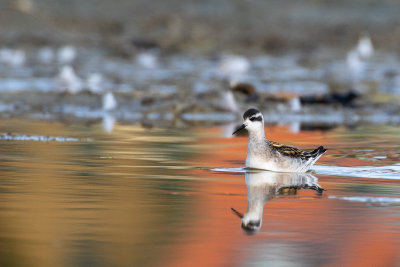
Red-necked Phalarope (Phalaropus lobatus) |

Red-necked Phalarope (Phalaropus lobatus) |

Red-necked Phalarope (Phalaropus lobatus) |
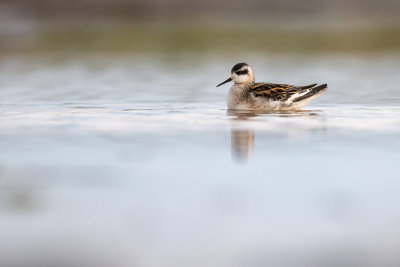
Red-necked Phalarope (Phalaropus lobatus) |
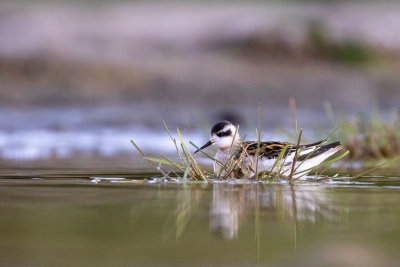
Red-necked Phalarope (Phalaropus lobatus) |

Red-necked Phalarope (Phalaropus lobatus) |

Red-necked Phalarope (Phalaropus lobatus) |
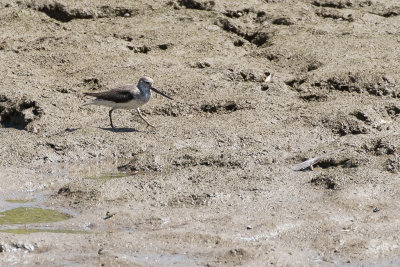
Terek Sandpiper (Xenus cinereus) |

Ruff (Calidris pugnax) |
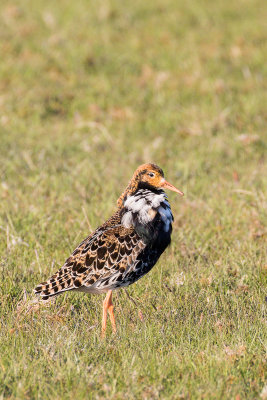
Ruff (Calidris pugnax) |
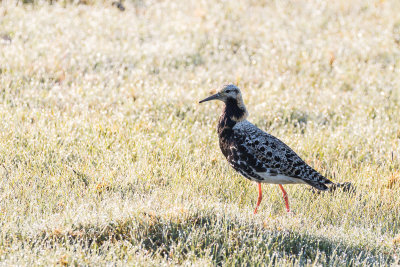
Ruff (Calidris pugnax) |
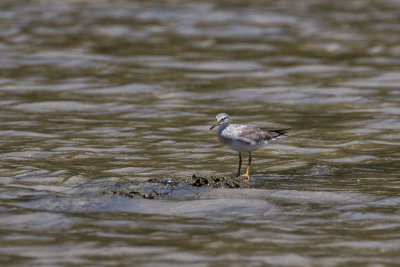
Wandering Tattler (Tringa incana) |
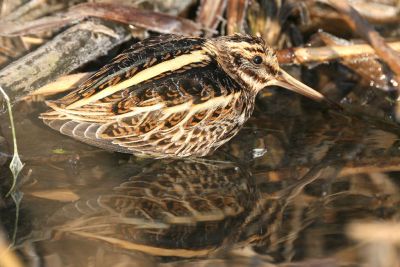
Jack Snipe (Lymnocryptes minimus) |

Common Snipe (Gallinago gallinago) |
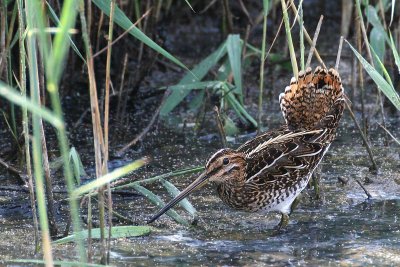
Common Snipe (Gallinago gallinago) |
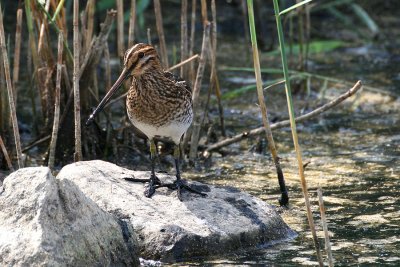
Common Snipe (Gallinago gallinago) |
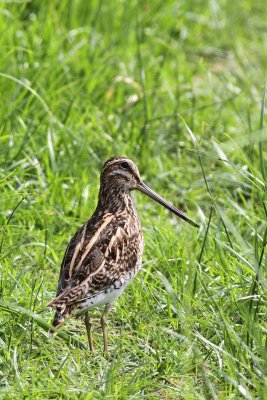
Common Snipe (Gallinago gallinago) |

Noble Snipe (Gallinago nobilis) |
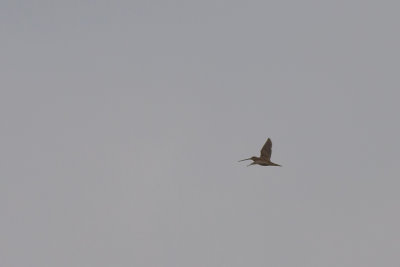
Madagascar Snipe (Gallinago macrodactyla) |
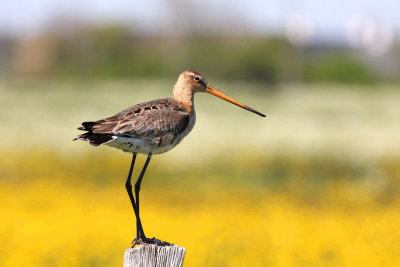
Black-tailed Godwit (Limosa limosa) |

Bristle-thighed Curlew (Numenius tahitiensis) |
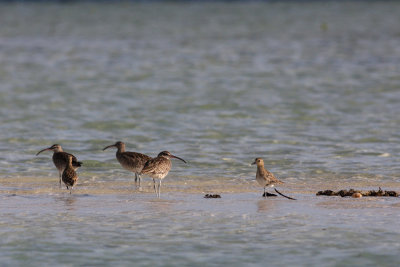
Whimbrel (Numenius phaeopus) |
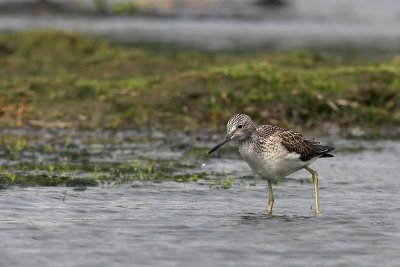
Common Greenshank (Tringa nebularia) |

Common Greenshank (Tringa nebularia) |
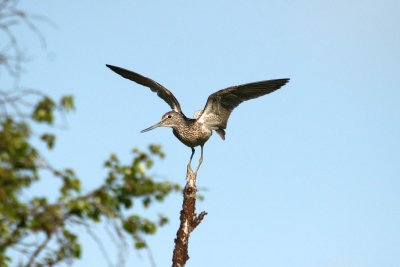
Common Greenshank (Tringa nebularia) |

Nordmann's Greenshank (Tringa guttifer) |
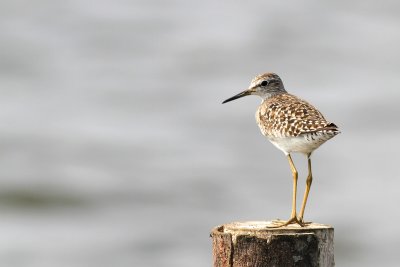
Wood Sandpiper (Tringa glareola) |
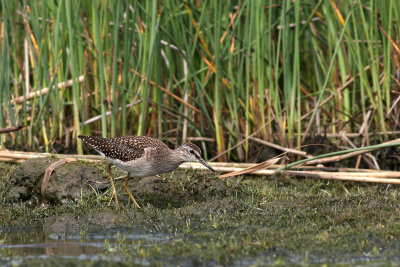
Wood Sandpiper (Tringa glareola) |
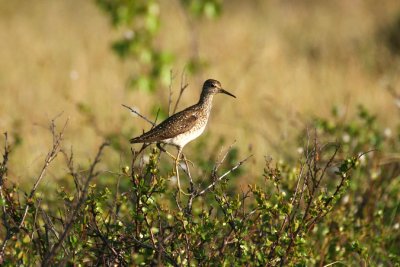
Wood Sandpiper (Tringa glareola) |

Spotted Redshank (Tringa erythropus) |
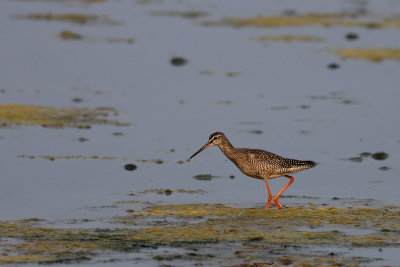
Spotted Redshank (Tringa erythropus) |

Spotted Sandpiper (Actitis macularius) |

Ruddy Turnstone (Arenaria interpres) |
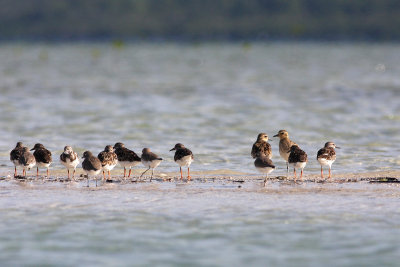
Ruddy Turnstone (Arenaria interpres) and Pacific Golden Plover (Pluvialis fulva) |
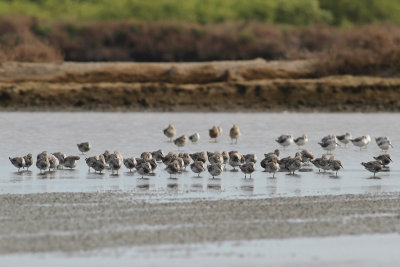
Great Knot (Calidris tenuirostris) |
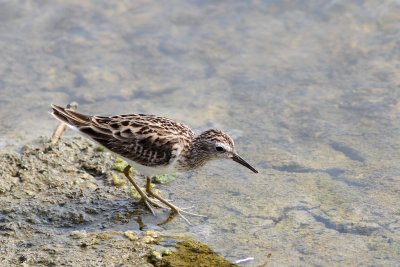
Long-toed Stint (Ereunetes subminutus) |
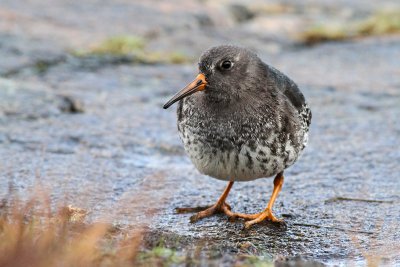
Purple Sandpiper (Ereunetes maritimus) |











